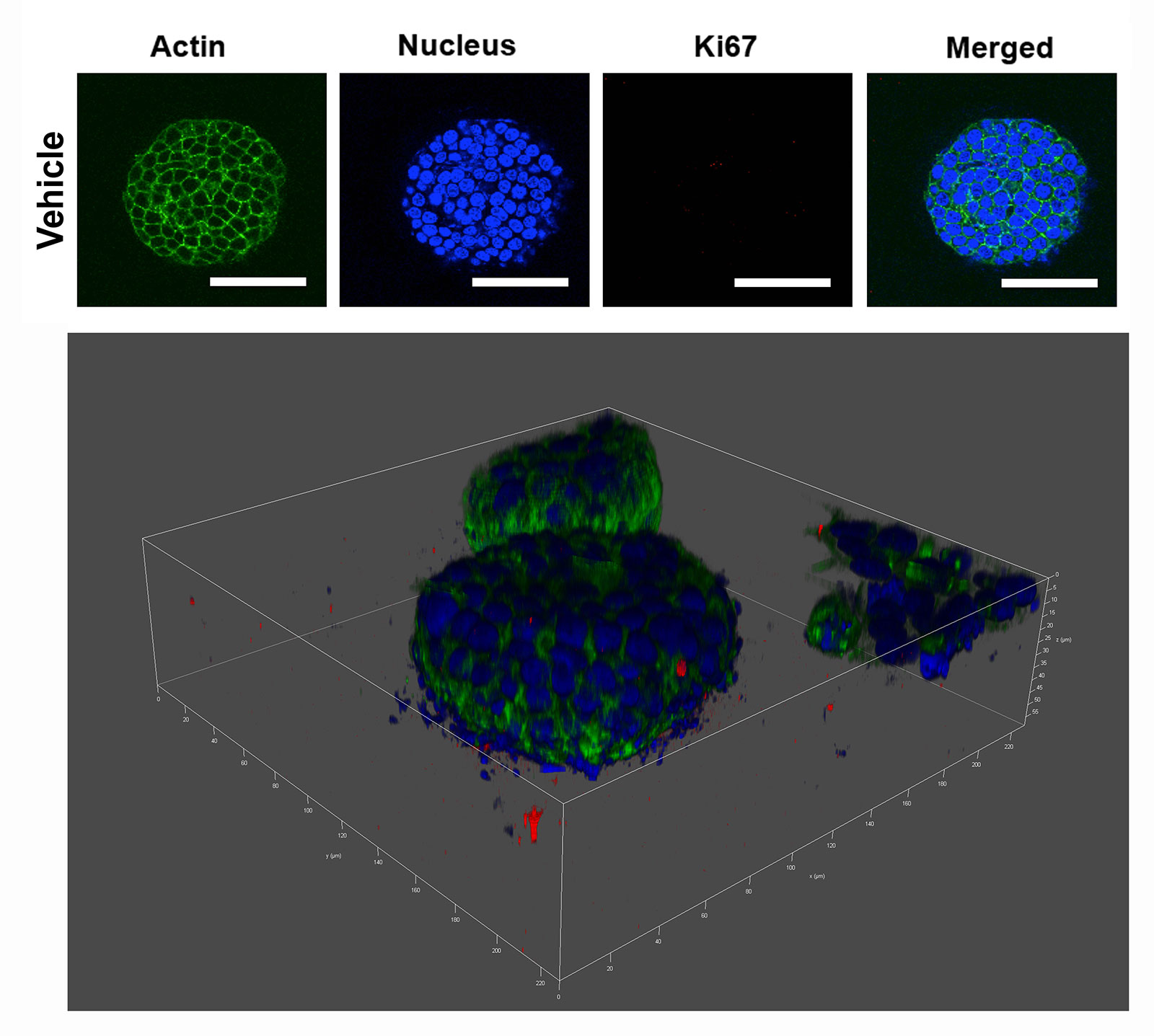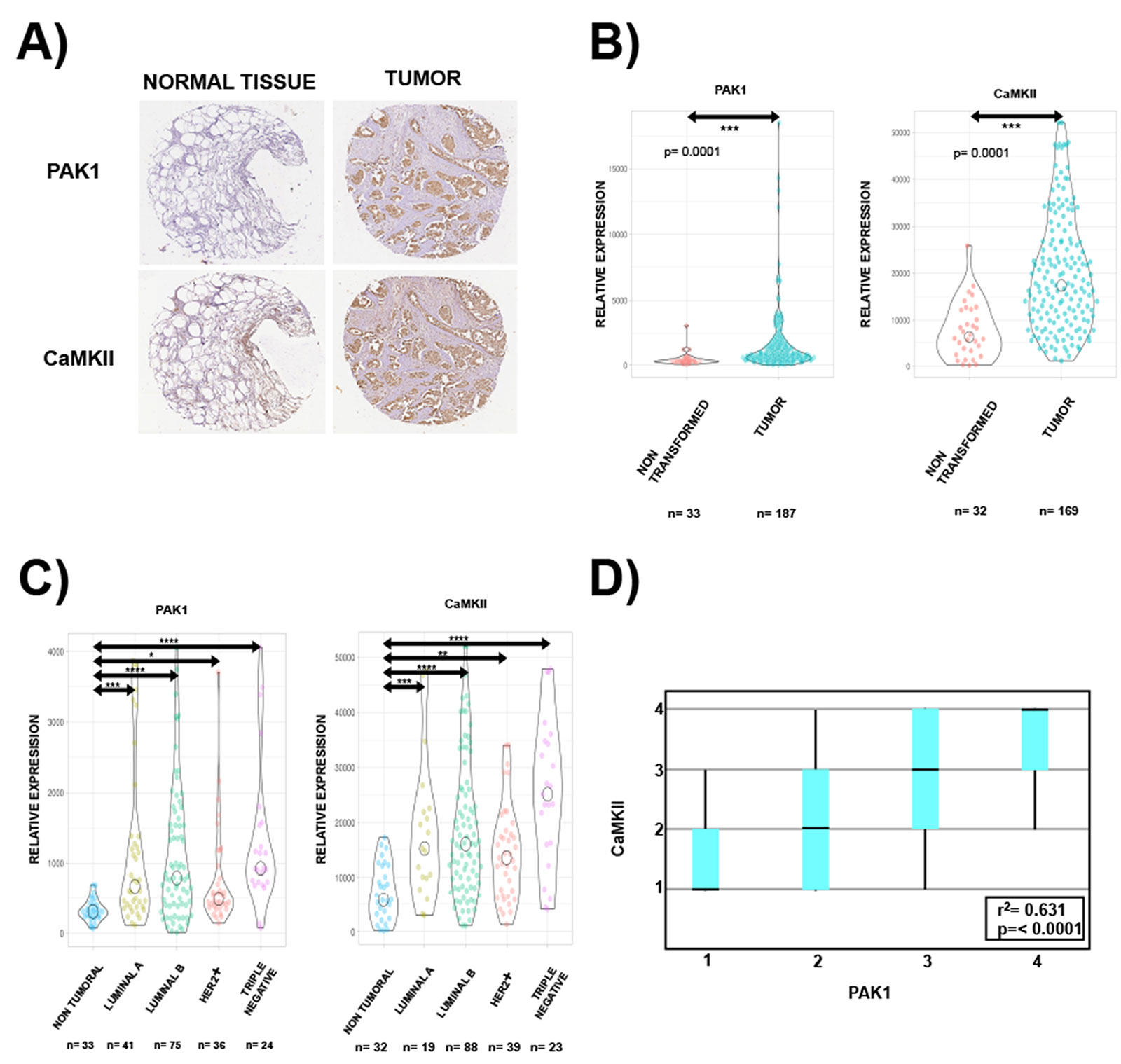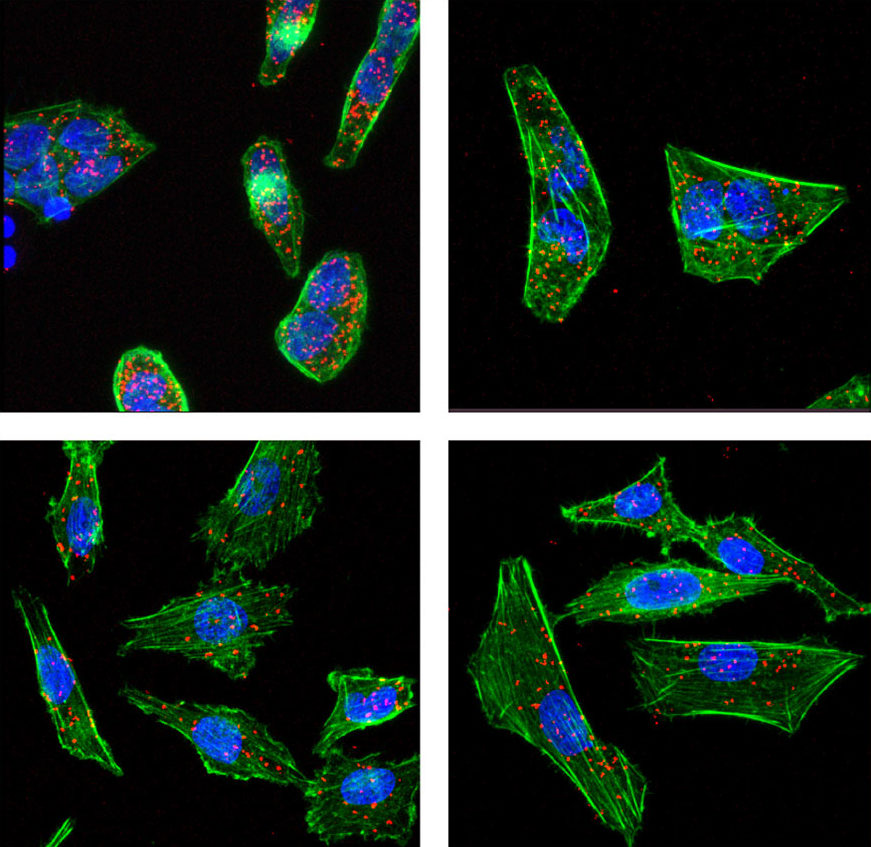
| Location within campus: | Laboratory: 14, Biomedicine. |
| Phone: | 55 5623-1333 ext. 39785 |
| Head of Laboratory: | Dr. Luis Enrique Arias Romero Full Professor larias@unam.mx cancercellsignaling.unam@gmail.com |
| Researchers affiliated to the laboratory: | Dr. Ricardo Hernández García mazing11@hotmail.com M. Sc. Héctor Iván Saldivar Cerón ivansaldi@msn.com Biol. Tania Reyes Mendoza taniareyes516@hotmail.com José Manuel Hernández Cruz manuelhcr3@gmail.com |
| Technicians affiliated to the laboratory: | M. Sc. Olga Villamar Cruz vicovc@gmail.com |
| Research lines per researcher: | Dr. Ricardo Hernández García: Regulation of RhoGEF Vav1 activity by the tyrosine phosphatase PTP1B. M. Sc. Olga Villamar Cruz: Study of the PTP1B-CDK3 signaling pathway in glioblastoma cells. M. Sc. Héctor Iván Saldivar Cerón: Identification of novel substrates of the PAK1 kinase in breast cancer Biol. Tania Reyes Mendoza:Identification of novel substrates of the PAK1 kinase in breast cancer |

The research of our group is focused on the study of signaling pathways mediated by the HER2 receptor in breast cancer. In particular, we are interested in identifying elements downstream of HER2 that could be used as new targets for therapeutic intervention. One of these elements is the signaling axis formed by the small GTPase Rac1, and one of its effectors, the PAK1 protein kinase. To study in detail the molecular mechanisms by which these molecules promote cell transformation, we used a 3-dimensional (3D) culture system that recapitulates the development of the ducts of the mammary gland.
These cultures offer the advantage of being able to be analyzed biochemically and cellularly by conventional techniques such as immunofluorescence and western blot. In addition to the fact that when some oncogene is overexpressed, the 3D structures show characteristics similar to those of ductal carcinoma in situ, such as loss of polarity and cell-cell contacts, inhibition of apoptosis and increased cell proliferation. Additionally, the use of phosphoproteomics techniques has allowed us to identify various signaling proteins that could be directly or indirectly regulated by PAK1, and that have the potential to be used as new targets for therapeutic intervention. Currently, we are studying some of the potential new substrates of PAK1 using bioinformatics, docking, biochemical and cell biology techniques, as well as the impact of individual or combined inhibition of PAK1 and its potential substrates in various cellular processes, as well as in tumor development and progression in animal models.

1) Arias-Romero LE, Saha S, Villamar-Cruz O, Yip SC, Ethier SP, Zhang ZY, Chernoff J. (2009). Activation of Src by Protein Tyrosine Phosphatase 1B Is Required for ErbB2 Transformation of Human Breast Epithelial Cells. Cancer Res, 69(11): 4582-88. doi: 10.1158/0008-5472.CAN-08-4001
2) Arias-Romero LE, Villamar-Cruz O, Huang M, Chernoff J. (2013). p21-activated kinase-1 links ErbB2 to β-catenin in transformation of breast epithelial cells. Cancer Res, 73(12):3671-82. doi: 10.1158/0008-5472.CAN-12-4453
3) Rawat SJ, Araiza-Olivera D, Arias-Romero LE, Villamar-Cruz O, Prudnikova TY, Creasy CL, Chernoff J. (2016). H-ras inhibits the hippo pathway by promoting Mst1/Mst2 heterodimerization. Current Biol, 26(12): 1553-63. doi: 10.1016/j.cub.2016.04.027
4) Villamar-Cruz O, Prudnikova TY, Araiza-Olivera D, Perez-Plasencia C, Johnson N, Bernhardy AJ, Slifker M, Renner C, Chernoff J, Arias-Romero LE. (2016). Reduced PAK1 activity sensitizes FA/BRCA-proficient breast cancer cells to PARP inhibition. Oncotarget, 7(47):76590-603. doi: 10.18632/oncotarget.12576
5) Saldívar-Cerón HI, Villamar-Cruz O, Pérez-Plasencia C, Arias-Romero LE. (2018). p21 Activated kinase 1: Nuclear activity and its role during DNA damage repair. DNA Repair, 65:42-46. doi: 10.1016/j.dnarep.2018.03.004

| Prospective Thesis Candidate Profile: | Thesis students of the careers of Biology, Q.F.B and related with interest in cell biology, biochemistry and molecular biology of cancer. |
| Service Social Data: | Program: Cell signaling in cancer. Registry Key: 2020-12 / 63-60 Objective: Identification of signaling molecules with therapeutic potential. Activities: Bacterial culture, purification and analysis of nucleic acids and proteins, cell culture, search for information in databases, delivery of reports. |



